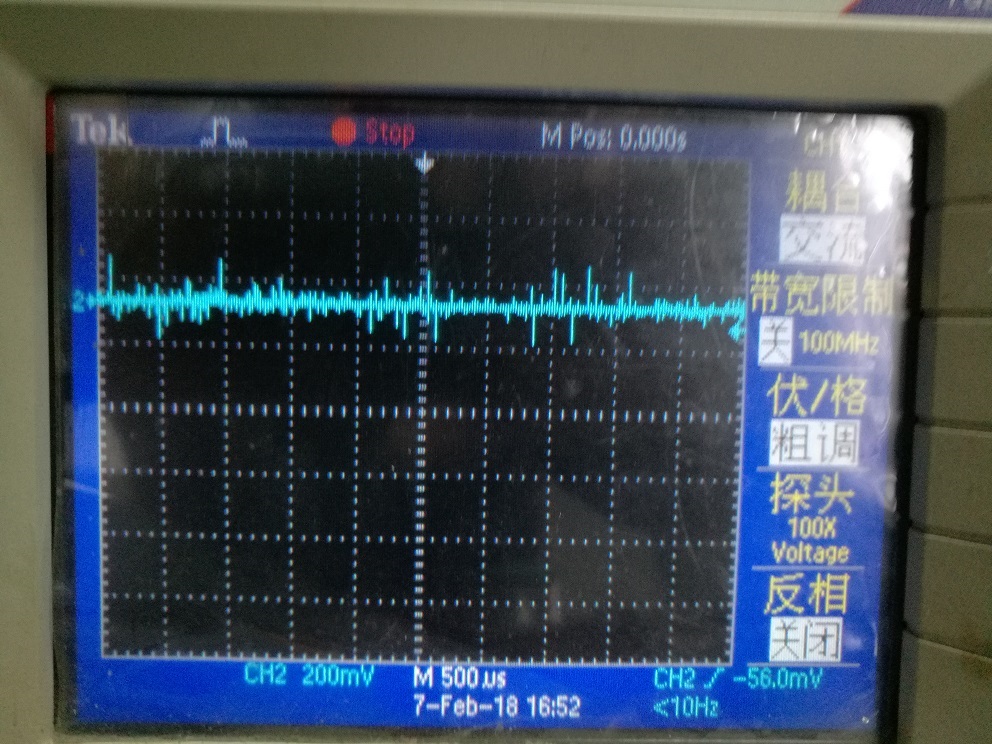Hi,
TPS92640 was used in some project, 50V/6A, 5V/20A, 12V/10A etc. there are the same issue in them. Such as, setting ovp voltage is 54V, when output voltage is greater than 51V, the output current decrease slowly, it will shut down until 54V, and switching waveform became chaotic.
Please give me a suggestion.
Below is 5V/20A data, Input voltage is 12V, OVP is set 7.5V.
7,59V 0A
7.5V 0.962A
7.0V 11.419A
6.6V 19.931A
6V 19.977A
5V 2.048A
Below is Vout ripple.
,


